Don’t forget to press play above to hear the fantastic space sounds of Niklas Lundberg and his reflections on his East Cork Space Waste residency.
To Midleton and beyond
“To Midleton and beyond” doesn’t have quite the same ring to it as “to infinity and beyond,” does it?
Nevertheless, the former is a pretty accurate description of the location of the National Space Centre, whose vast satellite dishes are a truly astonishing sight in the gently rolling farmland of East Cork, about 5km north of Midleton.
The National Space Centre (NSC) is Ireland’s only commercial ground station. It opened as Elfordstown Earthstation in 1984, costing the equivalent of €25 million, and is now a private company that provides commercial broadcast services, ground control support for satellites and space craft, academic research partnerships and space industry consulting.
Telecom Éireann originally commissioned the construction of Elfordstown Earthstation for broadcasting purposes, but by the late nineties, undersea cables had made its satellite technology redundant and it sat empty until it was taken over by the National Space Centre Ltd in 2010.
The array of structures surrounding the low breeze block building that houses the National Space Centre is dominated by the “big dish,” an impressive 32 metre C-band antenna that wouldn’t look out of place in a Hollywood B-Movie.
“I climbed into it, actually,” sound artist Niklas Lundberg tells me, peering up at the towering stairs of the gently greening structure. “It was very nice in there. There was a bird who seems to live there.”
The vast satellite dish is currently not in use, but there are no plans to scrap it just yet; actually, there are plans to restore it. Indeed, the gate of the National Space Centre is displaying a Cork County Council planning permission notice for the additional construction of two further dishes.
Niklas was in the dish recording for the audio and sculptural installation he has been working on.
He has been on a month-long residency in Greywood Arts in nearby Killeagh, where he has been exploring the theme of space waste.
The resulting exhibition, a sculpture made from a scrapped parabolic antenna and an audio installation that responds to the movement of the exhibition attendee, is on display here in the National Space Centre, in the curved room underneath the Big Dish antenna, for three days only.
110 schoolchildren from the Midleton area have also participated in the project, and their work, under the title Hello Future World, will be on display alongside Niklas’. Some of this is simple - imaginings of aliens have to feature, of course - but some is extremely high-tech: delicate structures made from clay and scrapped circuit boards made by students have been 3d-mapped and will be presented on interactive screens.
A futuristic script invented by the 6th class students of Gaelscoil Mhainistir na Corann has been rendered in neon tubelights by Californian artist Kevin Chong.
How big a problem is space waste?
So-called “orbital debris” from junked space craft, abandoned launch vehicle stages and “mission-related debris,” ie, rubbish, is a growing problem in space.
NASA now tracks over 27,000 pieces of space debris, which tends to congregate in Earth’s orbit. Travelling at high speeds, this space junk is a lethal and growing problem for space exploration. Even a flake of paint travelling at speeds of over 20,000 km per hour is enough to damage a space craft.
Not only are there now concerns that this ever-growing cluttered orbital field will eventually begin to jeopardise the human ability to leave the planet Earth, but there are also concerns that this effect could be exacerbated by rising atmospheric carbon dioxide levels on Earth.
For Niklas, who has spent a month researching and thinking about space waste, the phenomenon is a depressing reflection of how human beings “repeat the same mistakes.”
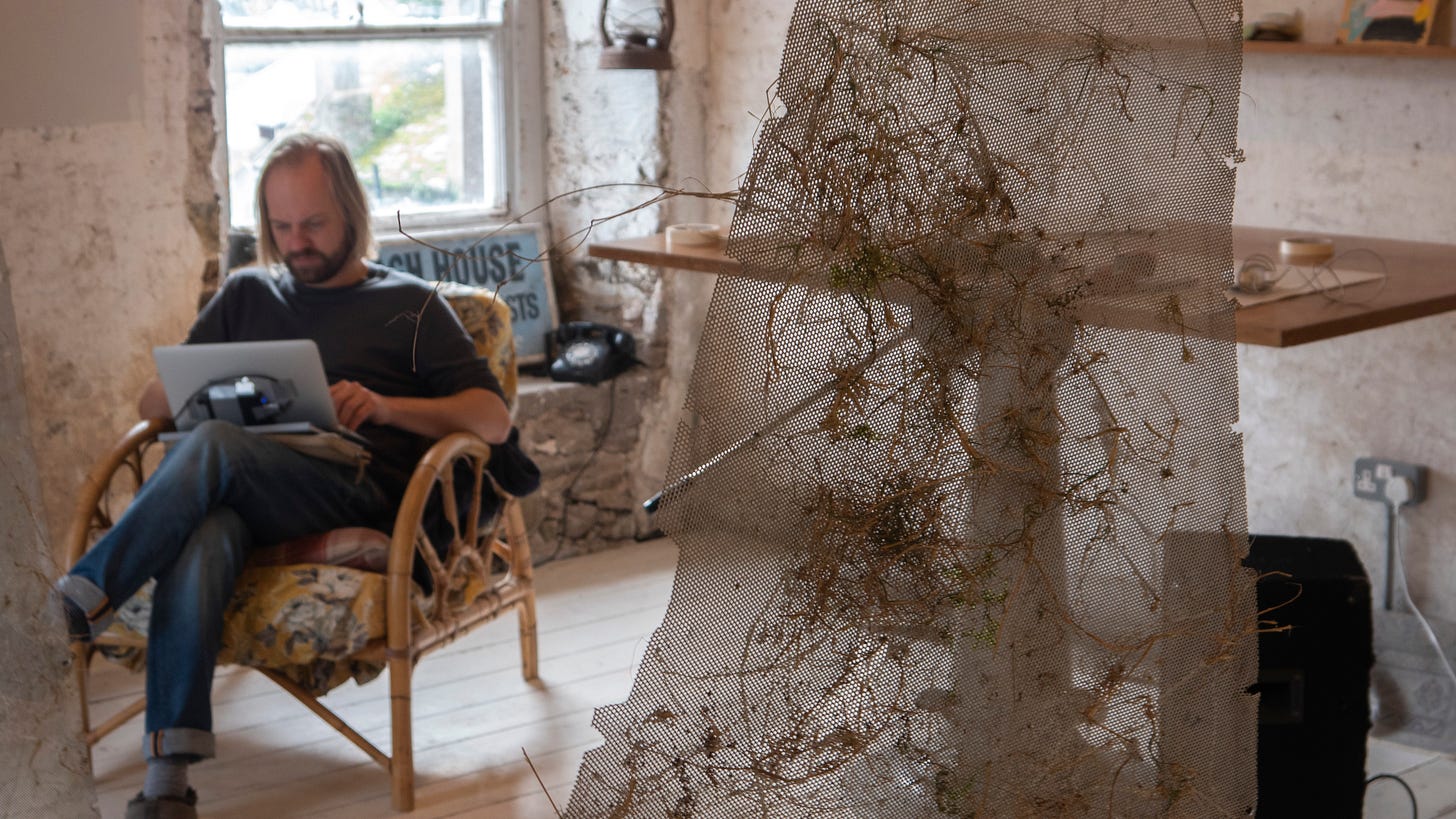
It does indeed seem like a gobsmacking level of flippancy, somewhat akin to how the oceans have been treated, as a bottomless pit for anything human beings want to discard.
Space is huge, and so it’s probably fine to litter it, the thinking seems to have gone in the mere matter of decades for which we have been making forays into it.
However, Niklas is keen not to moralise in his work, but to allow audiences to reflect on the problem; as an artist, he just wants to make us think.
The Space Waste Art Show and NSC campus tour is running from Friday December 3 to Sunday December 5. The event is sold out.





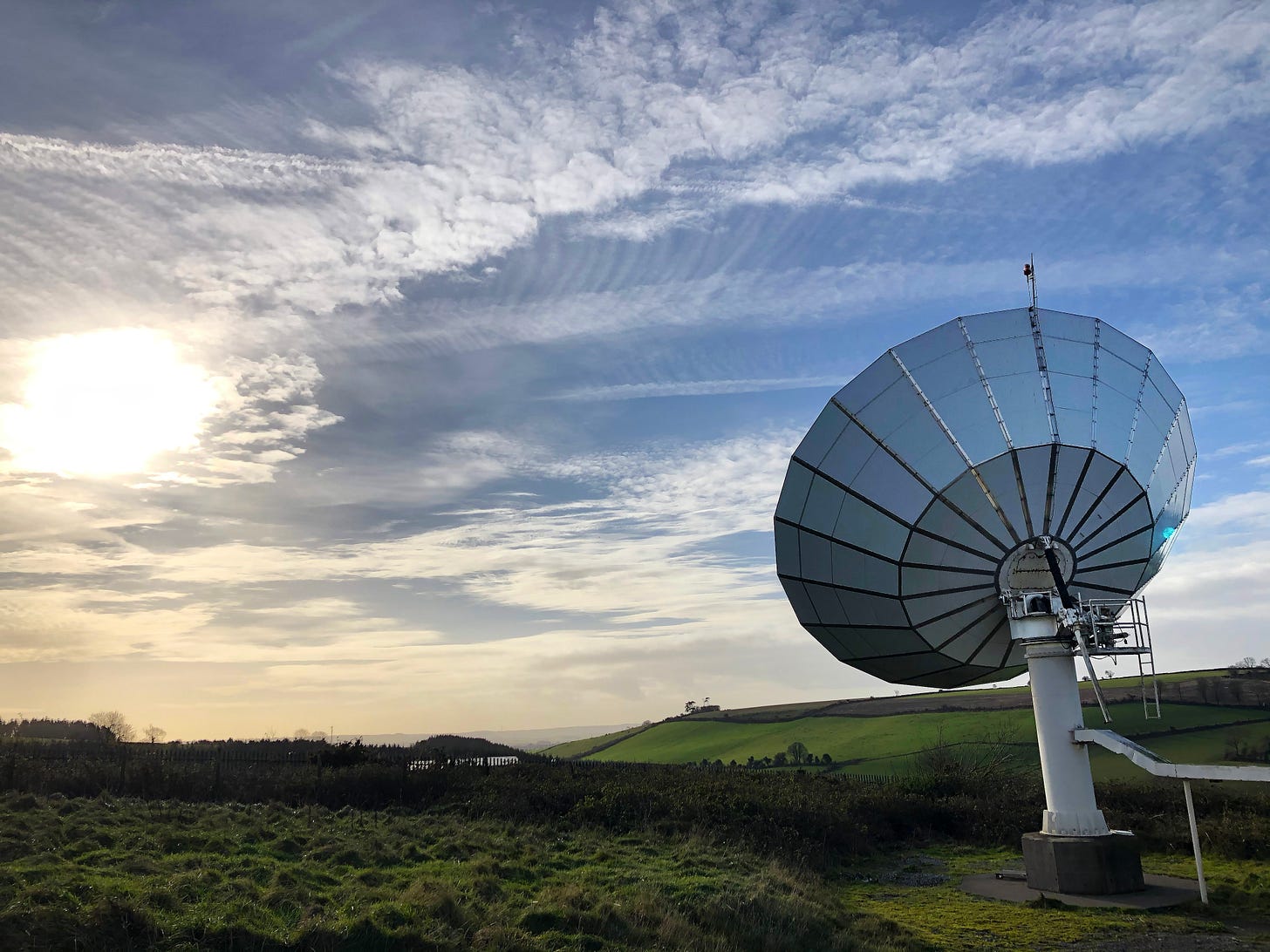
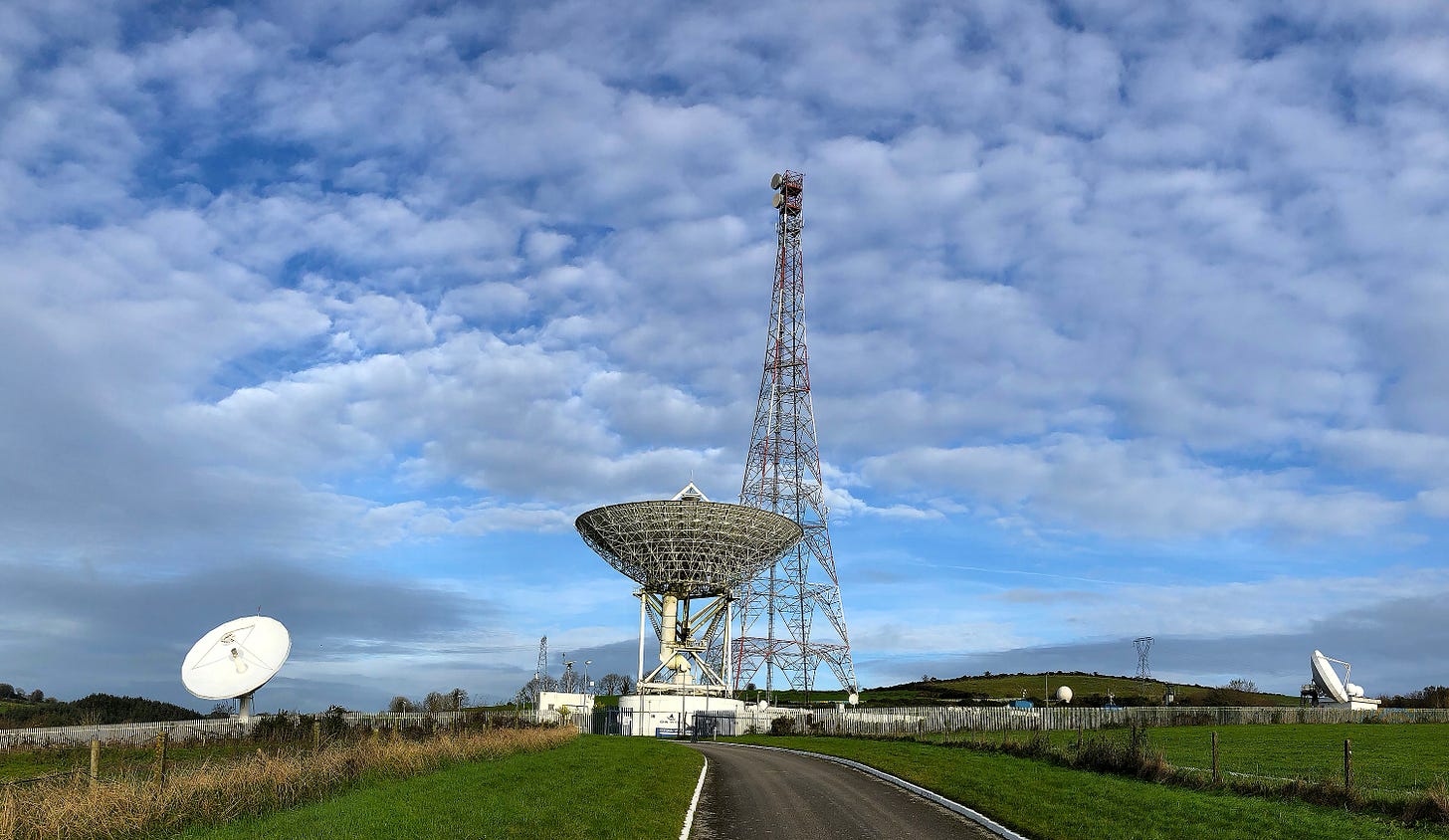
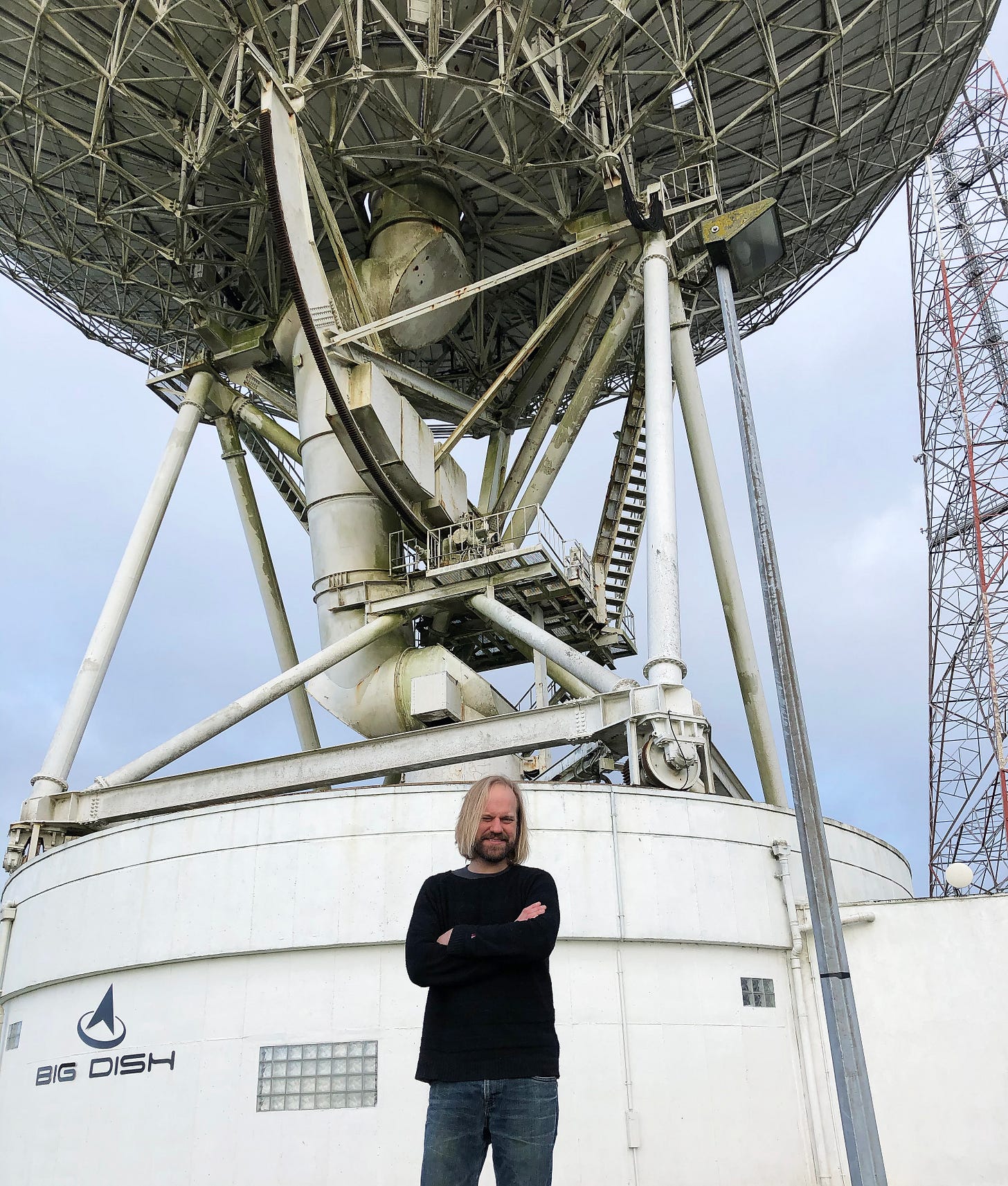



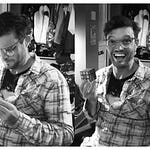
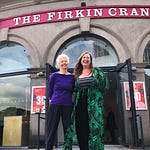
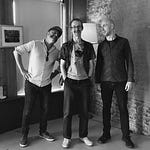
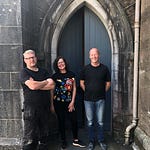
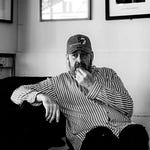
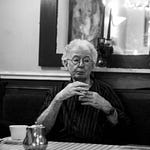
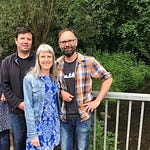

Share this post